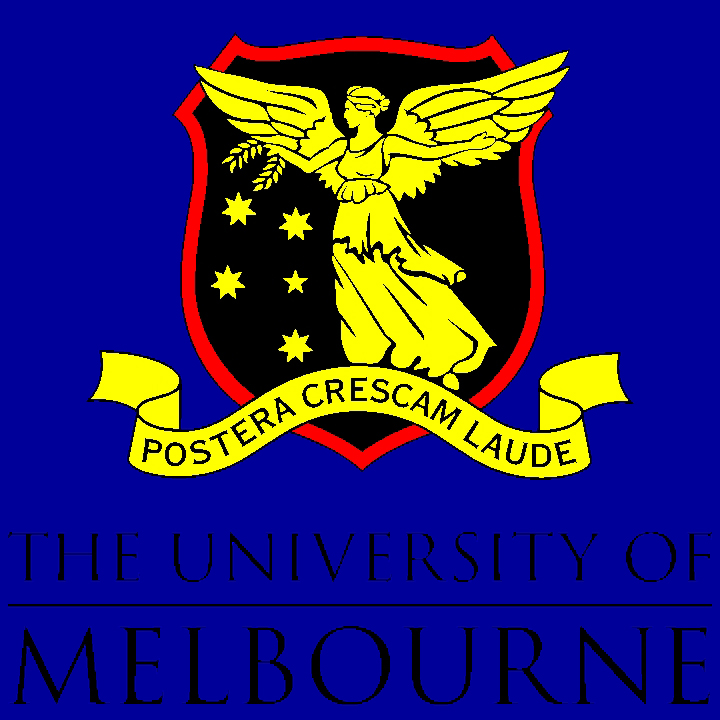|
|
|
|
General Histological Characteristics of Autolysis
Autolysis is seen in tissues as a widespread relatively uniform degeneration of cells. There is no inflammatory reaction associated with autolysis because there is no blood flow to allow transport of inflammatory mediators and leukocytes. This can be used to differentiate autolysis from necrotic processes in the tissue because any tissue undergoing widespread rapid necrosis in a living animal will attract a leucocytic response within 6 to 24 hours.
The appearance of a region of autolysed tissue will include:?- swelling of the cells with blurring of the cellular borders, making it difficult to identify individual cells.?- associated with this is the loss of internal architecture to the cell, including the breakdown of vacuolar structures. In the pancreas this appears as a loss of the distinct eosinophilic apical region and basophilic base region.?- there is a generalised increase in the eosinophilic appearance of the cells as basophilic staining structures such as ribosomes are degraded.?- Nuclei of cells will breakdown and disappear, often they will first become pyknotic (small and dark) before dissolving.
Click on a link below to review the histological appearnce of tissue taken from the fresh carcases and then compare that apperance to the apperance of tissues taken from the carcases kept at room temoperature for 24 hours, frozen and keeop at 4 degrees celcius for 24 hours.
|
|
 Veterinary Pathology - Autolysis
Veterinary Pathology - Autolysis